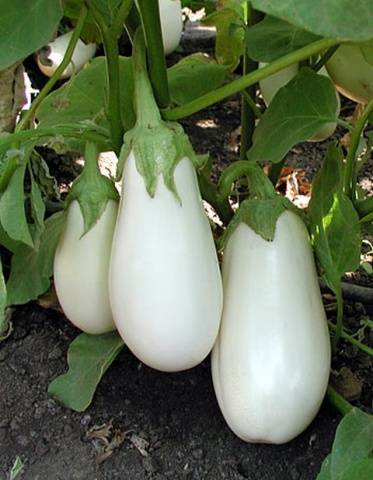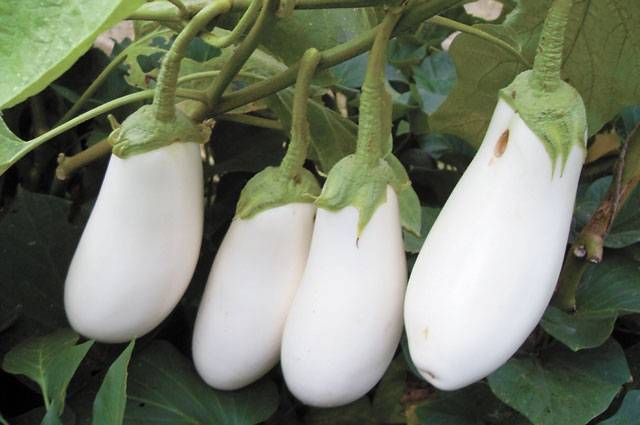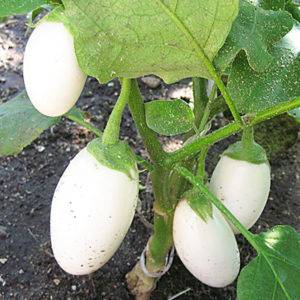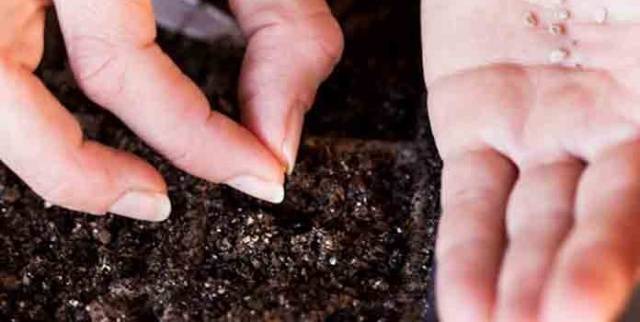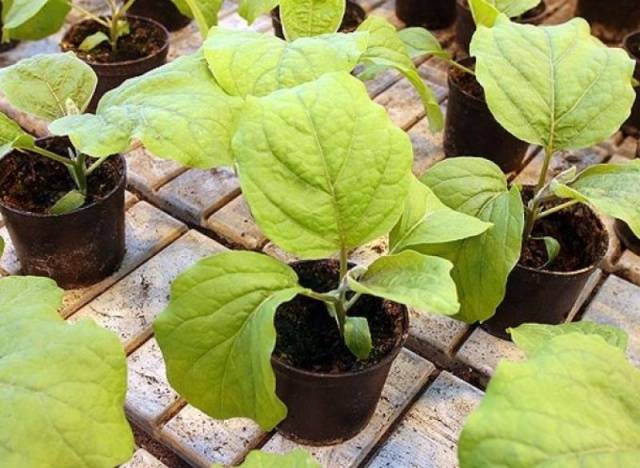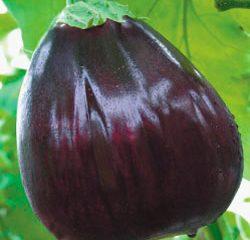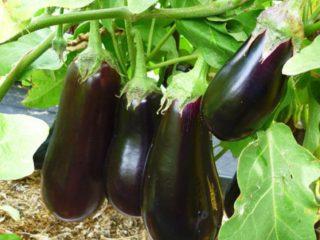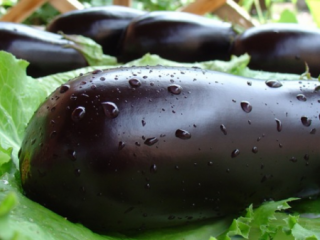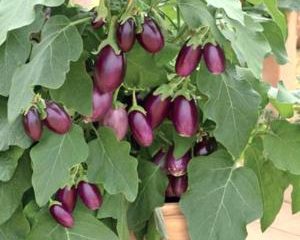In modern summer cottages and garden plots, eggplant is no longer a young guest, but a real long-lived host. Increasingly, gardeners are giving preference to growing this particular vegetable, rich in beneficial properties. In this article we will talk about a representative of the white eggplant variety “Swan”.
Description
Eggplant “Swan” is a mid-season variety in terms of fruit ripening. The period of complete fruit ripening from the moment the first shoots appear is 105-116 days. The bushes are compact, medium in size, reaching a height of 50-70 cm. The variety is suitable for growing both in a greenhouse and in open ground.
The fruits have a cylindrical, slightly elongated shape. During the period of technical maturity they are painted white. The size of one vegetable is 18-20 cm in length and 5-7 cm in diameter. The weight of one individual ripe fruit ranges from 200 to 250 grams.
The flesh of the Swan variety eggplant is snow-white, tender, and completely without bitterness. It is this property that makes the variety popular among a large number of gardeners.
The productivity of this type of eggplant is high. From one square meter of bed you can harvest up to 18 kg of vegetables.
In cooking, the variety is very popular as a raw material for preparing caviar, pickles and main courses.
Advantages of the variety
Among the key advantages of Swan eggplant, it should be noted:
- high productivity;
- excellent tolerance to temperature changes and the main “whims of nature”;
- good resistance to a wide range of diseases characteristic of eggplant;
- excellent taste and product quality;
- Widely used in cooking.
Regular consumption of such eggplants helps prevent headaches, improves digestion and saturates the body with vitamins and minerals.
Growing and care
The process of growing and caring for the plant is no different from the reproduction of the traditional purple variety. The main procedures are as follows:
- Sowing seeds for seedlings.
- Picking grown plants.
- Planting seedlings in a garden bed or greenhouse.
- Watering, weeding, loosening, fertilizing and pinching the bush.
- Harvesting.
Seeds are sown for seedlings in mid-March.
Under favorable climatic conditions, eggplant seedlings can be planted in the ground from mid-May to the end of the first ten days of June.
You will learn when and how to properly harvest the first eggplant from the video:
